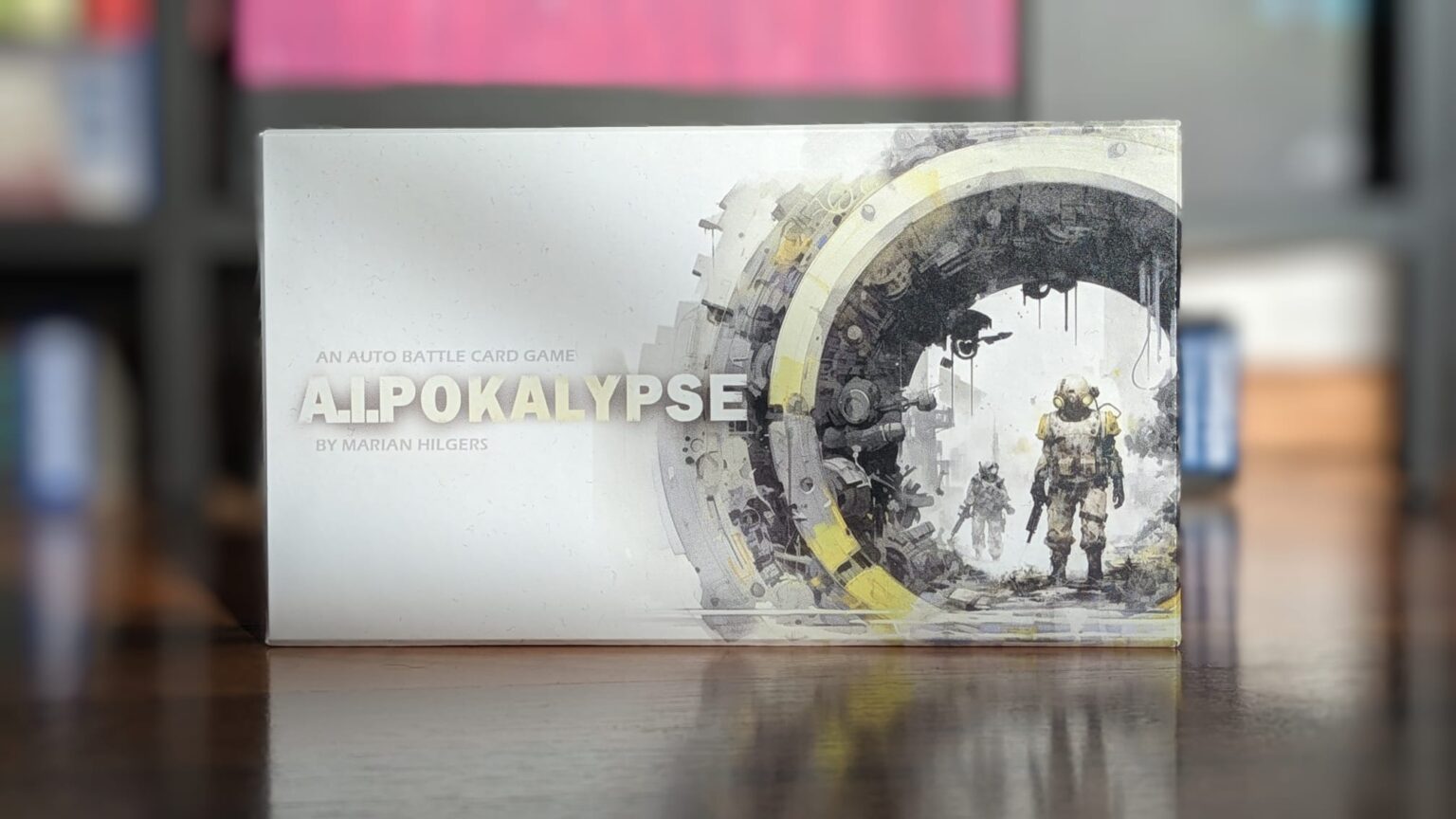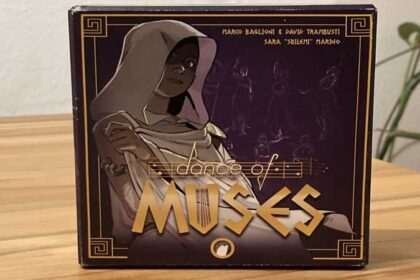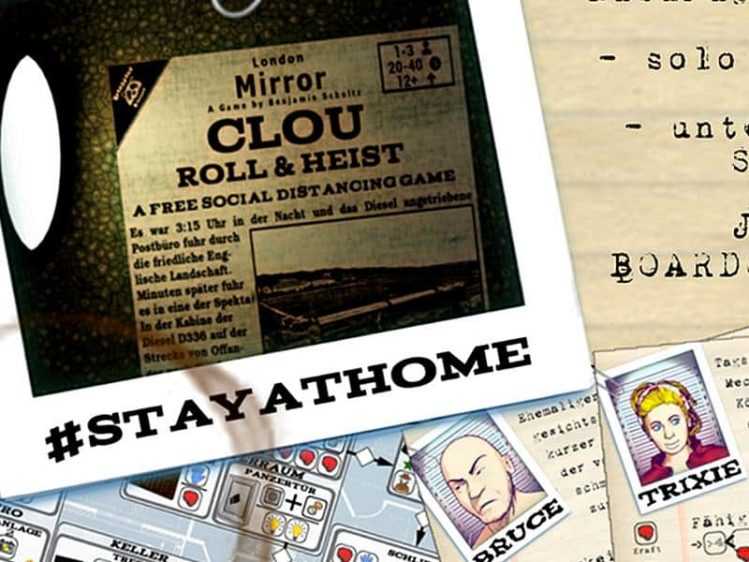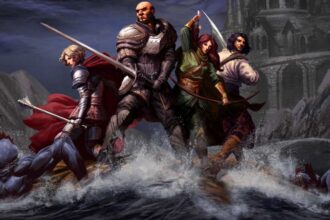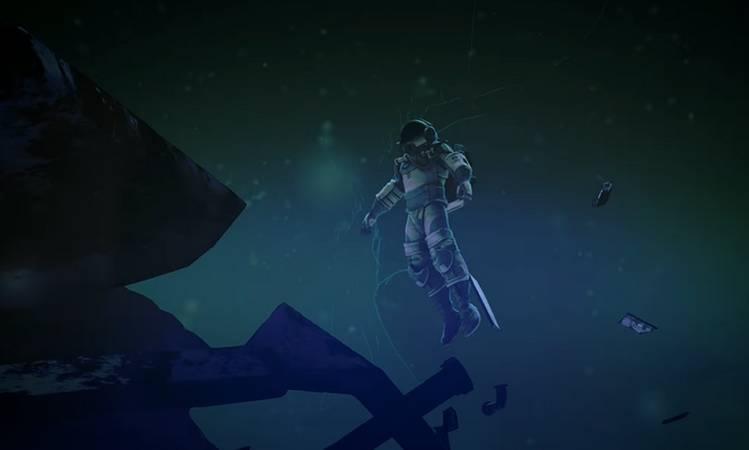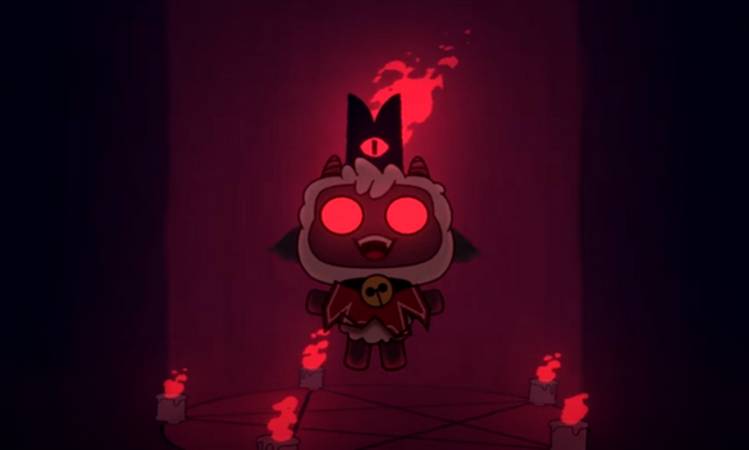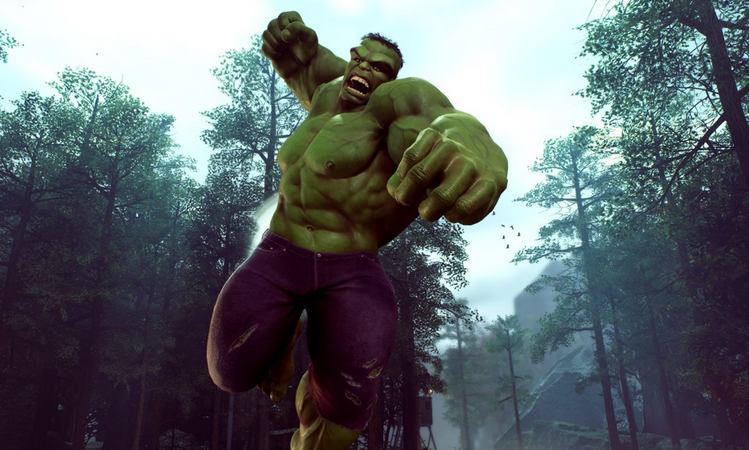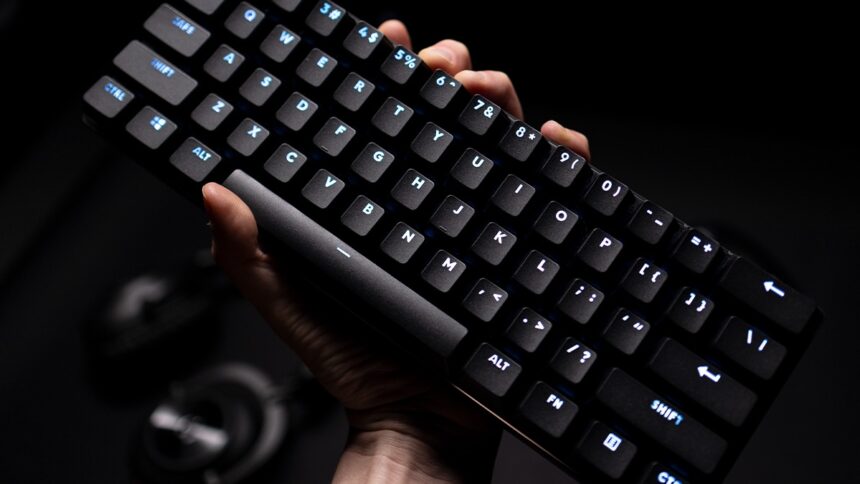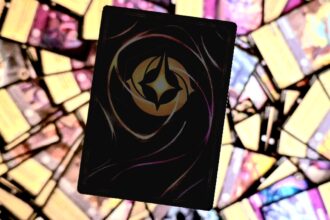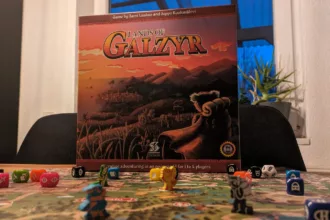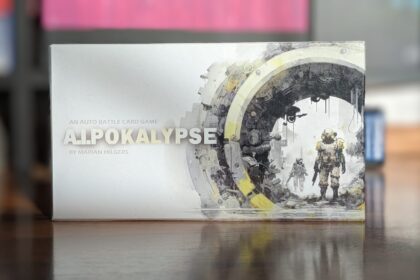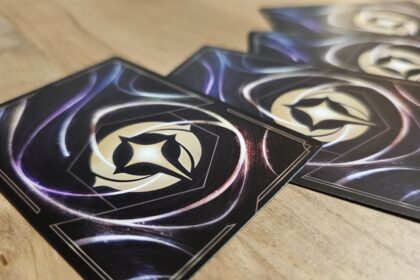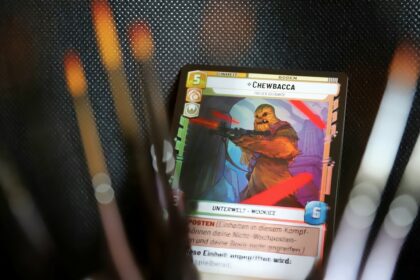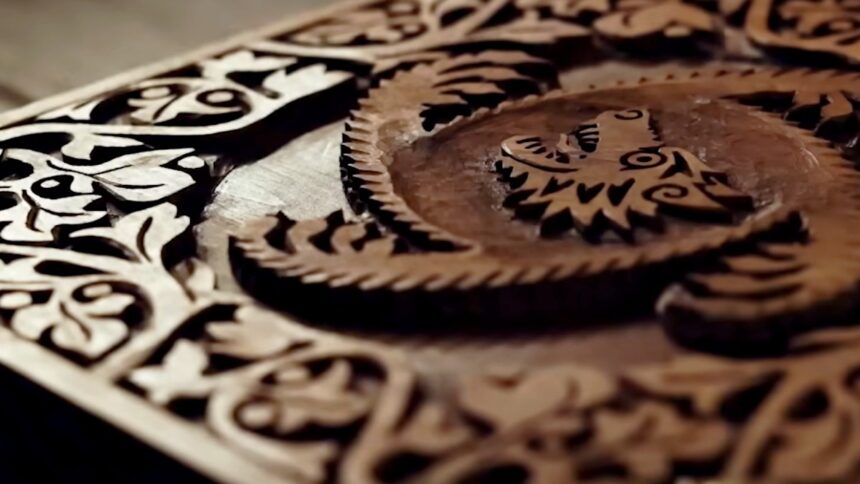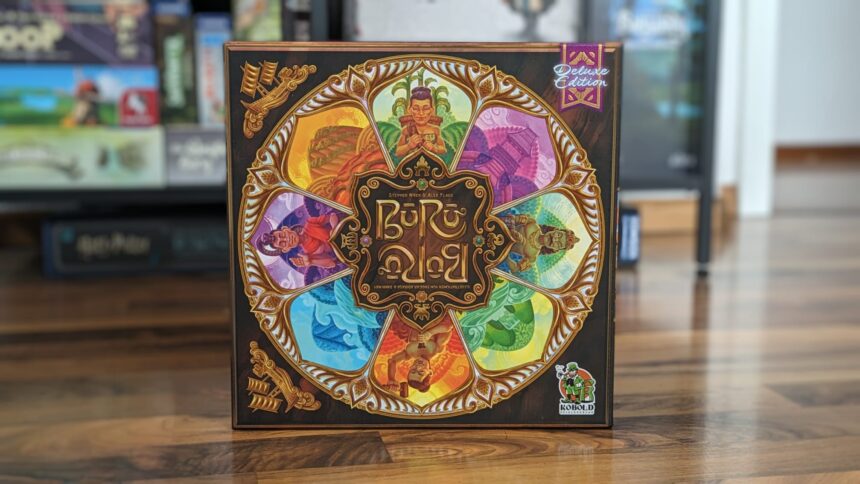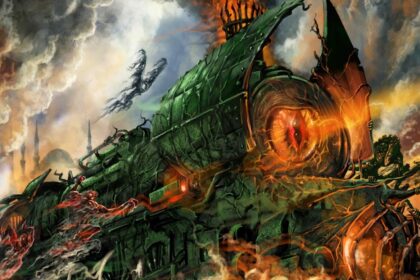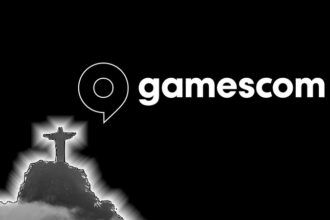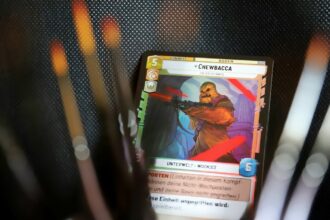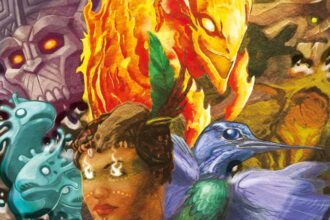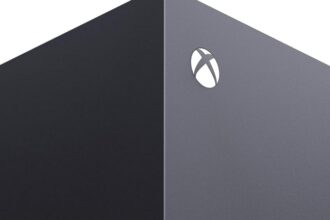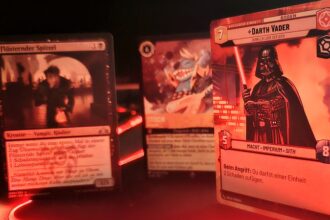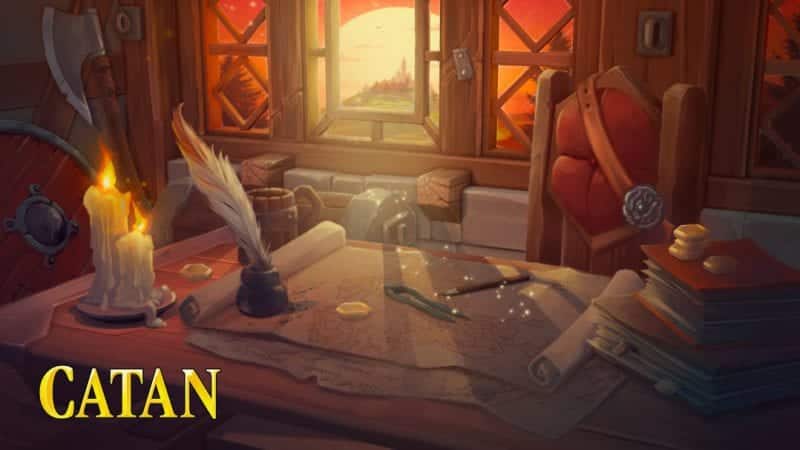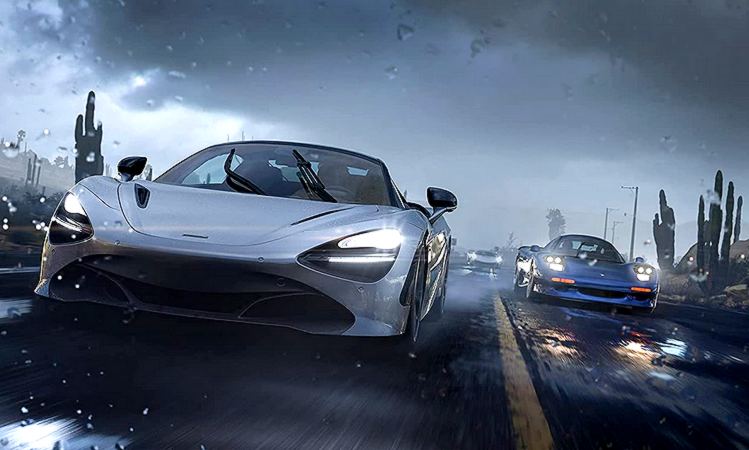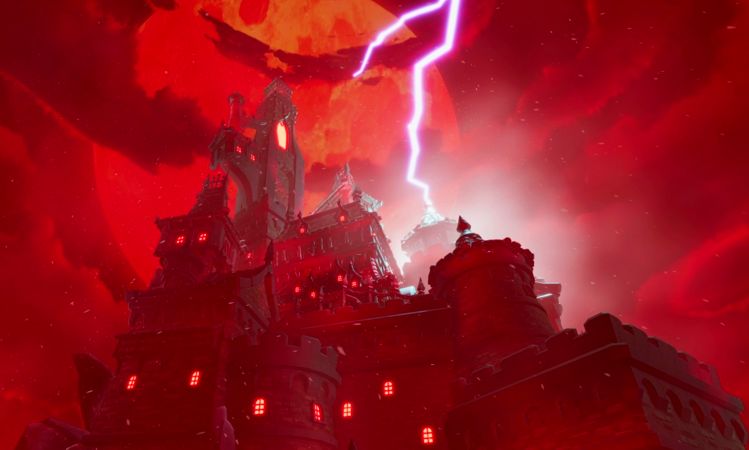-
Quick Links:
- Brettspiele
- Videospiele
- Crowdfunding
- Spiel Essen
- Gamescom
Wir suchen Verstärkung!
Autorinnen und Autoren für News, Tests und Rezensionen. Alle Bereiche.
Online seit 2014Tägliche NewsUnabhängigKritisch
Gern gelesen
Mehr aktuelle News
Star Wars Unlimited: Spoiler des nächsten Sets?
Star Wars Unlimited wird dieses Jahr um zwei weitere Karten-Sets erweitert. Die Namen der nächsten beiden Wellen sind längst bekannt,…
Disney Lorcana-Karte explodiert im Wert: Teil einer Kombo
So manche Karte von Disney Lorcana ist ein stattliches Sümmchen wert. Die Seltenheit bestimmt dabei vor allem den Preis, allerdings…
HeroQuest: Neue Erweiterung bringt Arena-Spielmodus
Mit der Neuauflage des Dungeon Crawler-Klassiker HeroQuest hat Hasbro einen Nerv getroffen: Bislang sind viele Erweiterungen erschienen, nun kommt mit…
Medienbericht: Hasbro will D&D verkaufen
Bei Hasbro kommt offenbar keine Ruhe ins Geschäft: Einem Medienbericht zufolge soll der Spielwarenriese seine Marke Dungeons & Dragons zum…
Brettspiel-Rezension zu Lands of Galzyr
Mit süßen Illustrationen und Figuren überzeugte Lands of Galzyr im August 2021 insgesamt 2.405 Menschen auf Gamefound von sich. Bis…
Brettspiel-Preview – Chrono Fall: At the End of Space and Time von Ornament Games
In den letzten Monaten habe ich bereits zwei Mal über Ornament Games berichtet. Einmal über den Verlag selbst und beim…
Follow Us on Socials
Editor's Choice
Must Read
Beliebteste Beiträge des Monats
Brettspiel-Rezension zu Auf den Wegen von Darwin: Eine entspannte Forschungsreise um die Welt
7.9 out of 10
Brettspiel „Algae Inc.“ auf Deutsch in der Schmiede
Giant Roc möchte das anspruchsvolle Algae Inc. auf Deutsch veröffentlichen. Das aktuell in der Spieleschmiede laufende Projekt soll es ermöglichen. Bei Algae Inc. treten bis zu vier Abteilungen der gleichnamigen Firma im internen Wettbewerb an. Das Unternehmen hat sich komplett der Verarbeitung von Algen verschrieben und teilt sich in die Bereiche Lebensmittel,…
Cyberpunk 2077 auf dem Weg zum Release: Spiel sieht „mit jedem Tag besser aus“
Der Release von Cyberpunk 2077 wurde längst von April auf September verschoben.…
Brettspielklassiker CATAN für Nintendo Switch erhältlich
Der französische Verleger Asmodee Digital hat heute Catan, erfunden von Klaus Teuber,…
Xbox Games teurer ab 2023: Und Konsolen oder Game Pass?
Wie Microsoft verriet, wird man die Dollarpreise für die Frist-Party-Videospiele ab dem…
Earthless: Grid-Erkundung und Kämpfe
Neuer Veröffentlichungszeitraum angekündigt, Steam Next Fest Demo und erster, narrativer, Trailer für…
Mischung aus Visual Novel und JRPG: Noctuary
30 bis 40 Spielstunden rund um eine fesselnde Lebensgeschichte
We Were Here Forever: Spielszenen im Launch-Trailer
Total Mayhem Games hat den offiziellen Trailer zum Launch von We Were…
Pandemic: Digitales Brettspiel offenbar zu alt gewesen
Das Brettspiel Pandemic ist in seiner digitalen Version aus den Stores verschwunden.…
Street Fighter 6 hat ein Release-Datum
Street Fighter 6 hat ein Release-Datum: Zu den Game Awards 2022 gab…
Kryptomon: Monsterzucht rund um Krypto-Geld
Kryptomon, ein NFT-Game, das auf Kryptowährungen basiert, macht sich auf, das Genre…
Spaceship Unity gewinnt Preis für innovatives Spielerlebnis
Innovationen beleben jeden Markt, die Brettspielewelt ist hier keine Ausnahme. Neue Ideen…
Im Kopf: 5 gute Brettspiele über Träume
Warum wir träumen, lässt sich nicht abschließend klären. Ob es sich dabei…
HeidelBÄR Games Trennung von der Asmodee Group
Im Jahre 1989 wurde HeidelBÄR Games unter dem Verlagsnamen Heidelberger Spieleverlag gegründet…



